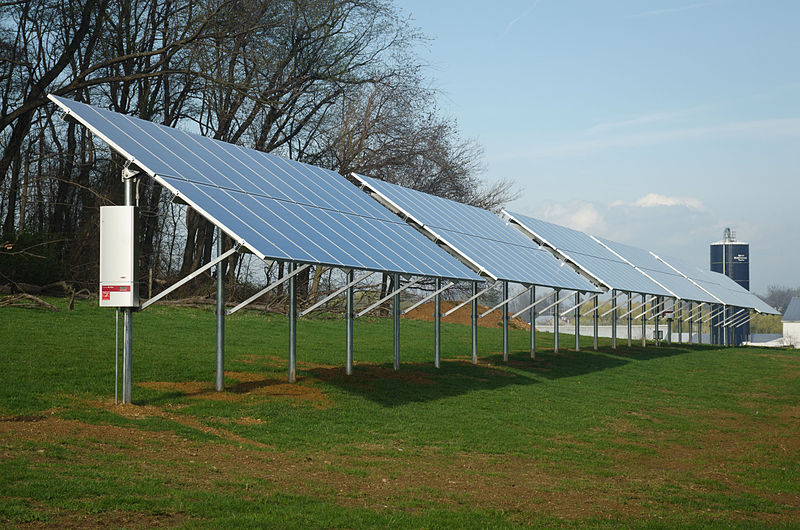Solar Panels Slim Down
Researchers at MIT have recently discovered a way to create solar panels that are thousands of times thinner than previous models, and even lighter than tissue paper.
 Traditionally, the focus of research on this topic has been on increasing the efficiency of energy conversion or on lowering the cost of manufacturing. However, these researchers have taken a different approach and successfully created computer models of solar cells that could shift the conversation from energy efficiency or manufacturing cost to one of energy produced per pound of material.
Traditionally, the focus of research on this topic has been on increasing the efficiency of energy conversion or on lowering the cost of manufacturing. However, these researchers have taken a different approach and successfully created computer models of solar cells that could shift the conversation from energy efficiency or manufacturing cost to one of energy produced per pound of material.
Their success was achieved by stacking sheets of either graphene or molybdenum disulfide together. These one-molecule-thick materials have drawn serious attention in the past few years due to their potential, but they had not been applied to solar technology until now.
Jeffrey Grossman, the Carl Richard Soderberg Associate Professor of Power Engineering at MIT said, “they’re not only OK, but it’s amazing how well they do” when applied to solar applications. Grossman is the senior author of a paper dedicated to this approach, published in the journal Nano Letters.
By using these materials, the researchers have predicted that the solar cells will have one to two percent efficiency for converting sunlight to electricity. While this may seem low compared to the standard 15 to 20 percent efficiency, the materials used make it hundreds of thousands of times thinner than the standard panels.
For those concerned with the difference in efficiency, researchers say that stacking several of the thin layers together could close the gap. Marco Bernardi, a postdoc in MIT’s Department of Materials Science said, “Stacking a few layers could allow for higher efficiency, one that competes with other well-established solar cell technologies.”
This matters for a few reasons. For one, their size makes them easier to ship and transport. Another reason has to do with mounting the panels: a large percentage of costs when dealing with solar panels have to do with installation. By using the lighter panels, the cost of support structures, wiring, and control systems can all be reduced. Lastly, these lighter cells can now be applied to applications where weight optimization is imperative, such as in aviation and even spacecraft.










